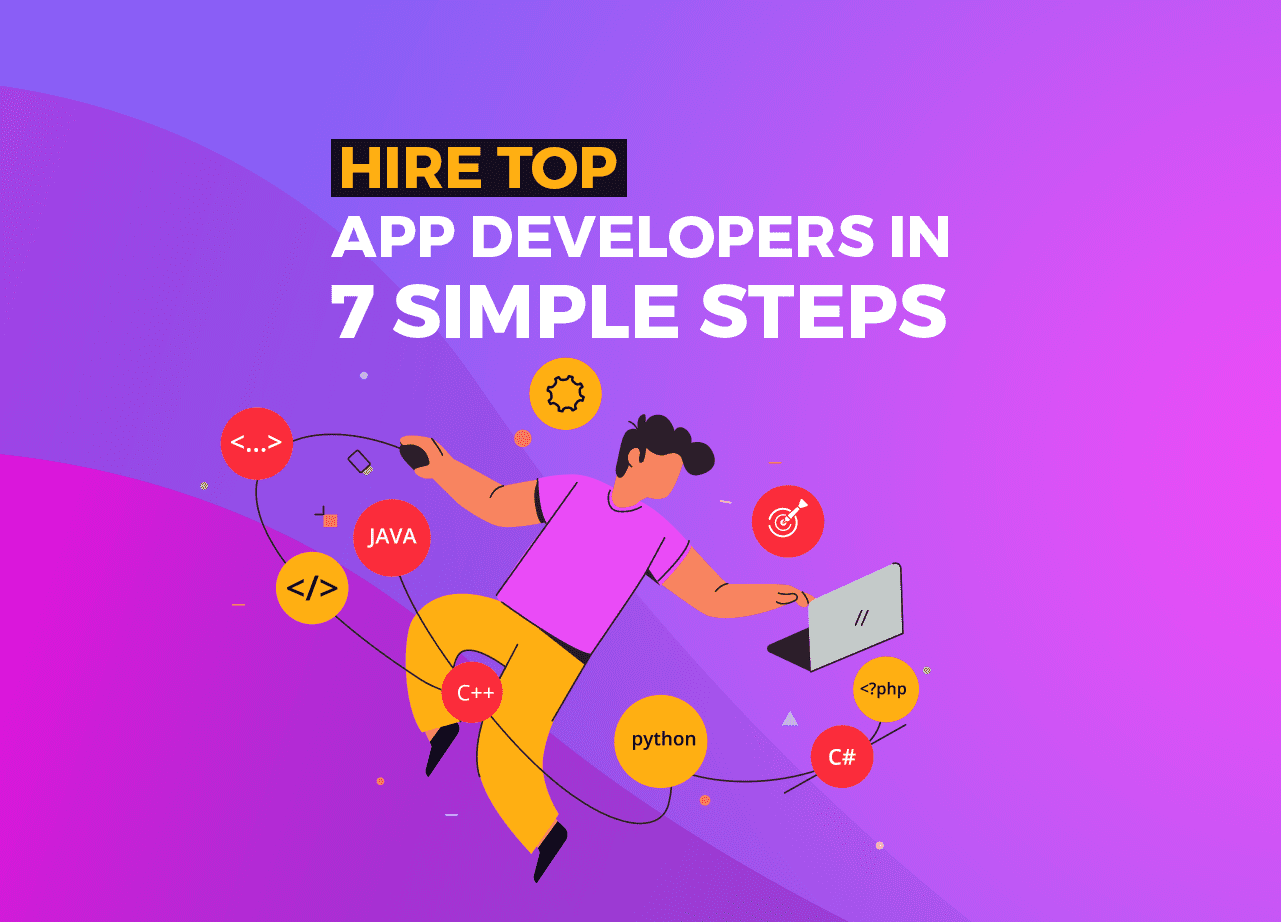Low code development has its roots in the early 2000s, but it gained momentum in the mid to late 2010s as the demand for faster application development and deployment increased.
The term “low code” was first coined by Forrester Research in a report published in 2014, although the concept had been around for a few years before that.

What is Low-Code Application Development?
Low-code application development is a software development approach that uses visual interfaces and pre-built components to enable users to create applications with minimal coding or programming knowledge.
In simpler terms, it’s a way of creating software applications using drag-and-drop components and building blocks instead of writing code from scratch. This approach allows developers and non-developers alike to quickly build custom applications to solve business problems and automate workflows, without needing extensive programming skills or knowledge.
Low Code Application Development Principles
Low-code application development is based on a few key principles, including:
Visual modeling: Low-code platforms typically feature a drag-and-drop interface that allows users to visually model their applications, without the need to write code manually.
Pre-built components: Low-code platforms offer pre-built components and modules, which users can assemble into their applications. These components are designed to be reusable and configurable, so users can customize them to their specific needs.
Rapid iteration: Low-code development enables rapid iteration, allowing users to quickly create, test, and refine their applications. This is because changes can be made quickly and easily, without the need for extensive coding.
Integration with other systems: Low-code platforms can integrate with other systems and applications, making it easy to connect with existing databases, APIs, and services.
Agile development: Low-code development is often associated with agile development methodologies, which prioritize speed, flexibility, and collaboration over rigid planning and documentation.
Collaboration and sharing: Low-code platforms often include collaboration and sharing features, allowing multiple users to work on the same application simultaneously and share their work with others.
Types of Low-Code Platforms
General purpose low-code platforms: Platforms that can be used to create a wide range of applications for different industries and use cases. They provide pre-built components and tools to help users build custom applications quickly and easily.
Process-centric low-code platforms: Platforms that help automate specific business processes, such as human resources, finance, or customer service. They create workflows and automate tasks that can be repetitive and time-consuming.
Mobile-centric low-code platforms: Platforms that specialize in creating mobile applications for iOS and Android devices. They provide tools to create custom user interfaces and integrate them with mobile-specific features such as location services and push notifications.
Database-centric low-code platforms: Platforms that help users create custom databases and data-driven applications. They provide tools to design, manage, and connect to databases, as well as tools to create custom user interfaces and reports.
AI-centric low code platforms: Platforms that use artificial intelligence and machine learning to help users build applications that can learn and adapt over time. They include features such as natural language processing, predictive analytics, and image recognition.
IoT-centric low-code platforms: Platforms that help users build applications for the Internet of Things (IoT) ecosystem. They include tools to connect to sensors, devices, and other IoT components, as well as tools to visualize and analyze IoT data.
Popular Low Code Apps
Airtable – Airtable is a popular low-code app that enables users to create custom databases and workflow solutions without the need for extensive coding skills.
Zapier – Zapier is a platform that allows users to integrate and automate workflows across different applications and tools, making it a popular choice for businesses and individuals looking to streamline their processes.
Bubble – Bubble is a low-code platform that enables users to build web applications and mobile apps without the need for traditional coding skills. It is popular among entrepreneurs and startups looking to rapidly develop and launch new products.
AppSheet – AppSheet is a no-code platform that enables users to build and deploy mobile apps without writing any code. It is popular among businesses looking to create custom apps for their employees or customers.
Microsoft Power Apps – Microsoft Power Apps is a low-code platform that enables users to build custom business applications and automate workflows without the need for extensive coding skills. It is popular among enterprises looking to rapidly develop and deploy new solutions.
Pros of low code application development
Faster time–to–market: With low code, developers can quickly build and deploy applications, reducing the time it takes to bring a new product to market.
Reduced costs: Low code development can reduce the overall cost of development, as less time and resources are required for traditional coding.
Increased productivity: By using visual interfaces and drag-and-drop tools, low code development can allow developers to work more efficiently and quickly, increasing productivity.
Increased agility: Low code development can allow organizations to quickly adapt to changing business needs by rapidly developing and deploying new applications.
Accessibility to non–developers: Low code development can enable non-technical team members to contribute to the development process, reducing the burden on developers and expanding the potential talent pool for software development.
Improved collaboration: Low code development tools can facilitate collaboration between developers and business stakeholders, helping to ensure that applications meet the needs of the organization.
Choose a reliable low-code app development company
No code? No Problem!
Let us do the heavy lifting.
With over 18 years of experience in the industry, Communication Crafts has a proven track record of delivering high-quality mobile apps that work seamlessly across multiple platforms.
Our team of skilled developers is proficient in developing low-code apps that meet our client’s requirements.
Our commitment to transparency, timely delivery, and cost-effectiveness make us a top choice for cross-platform app development projects.
 Blog Communication Crafts
Blog Communication Crafts





